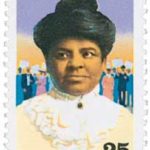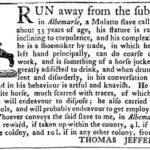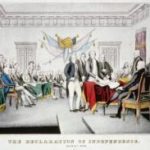The abolition of slavery after the Civil War became the foundation for Ida B. Wells’s life work as a teacher, journalist, anti-lynching activist, community organizer, and woman suffragist.
The Fugitive Slave Law of 1850
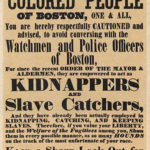
In 1850, Southerners succeeded in getting a new federal law passed to return fugitive slaves who had escaped to the North. The U.S. government enforced this law, but some Northern states passed laws to resist it. Sometimes, free blacks and sympathetic whites joined to rescue captured fugitive slaves.
Understanding Fake News
The Northwest Ordinance and Westward Expansion
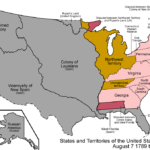
The Northwest Ordinance of 1787 changed American history. It provided that new states shared coequal status with the original thirteen states. It set out the process for territories to become states and it was the first and only federal anti-slavery policy pre- Civil War. While the Ordinance also established the orderly westward expansion it did so at the expense of Native Americans already living in the territory.
Is Our Democracy in Trouble?
Jefferson and Slavery – for ELD students
The Bill of Rights: Debating the Amendments
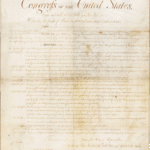
In this lesson, students will examine a copy of twelve possible amendments to the United States Constitution as originally sent to the states for their ratification in September of 1789. Students will debate and vote on which of these amendments they would ratify and compare their resulting “Bill of Rights” to the ten amendments ratified by ten states that have since been known by this name.
The Constitution: Counter Revolution or National Salvation
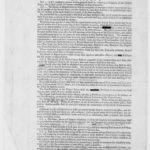
It is Fall 1787. The Federal Convention has recently concluded its closed door meetings in Philadelphia and presented the nation with a new model for the government. It is now up to each special state convention to decide whether to replace the Articles of Confederation with this new constitution. The debate is passionate and speaks directly to what the founding fathers had in mind in conceiving this new nation. Does this new government represent salvation or downfall?
The Constitution: Drafting a More Perfect Union
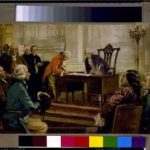
Students will analyze an unidentified historical document and draw conclusions about what this document was for, who created it, and why. After the document is identified as George Washington’s annotated copy of the Committee of Style’s draft constitution, students will compare its text to that of an earlier draft by the Committee of Detail to understand its evolution.
